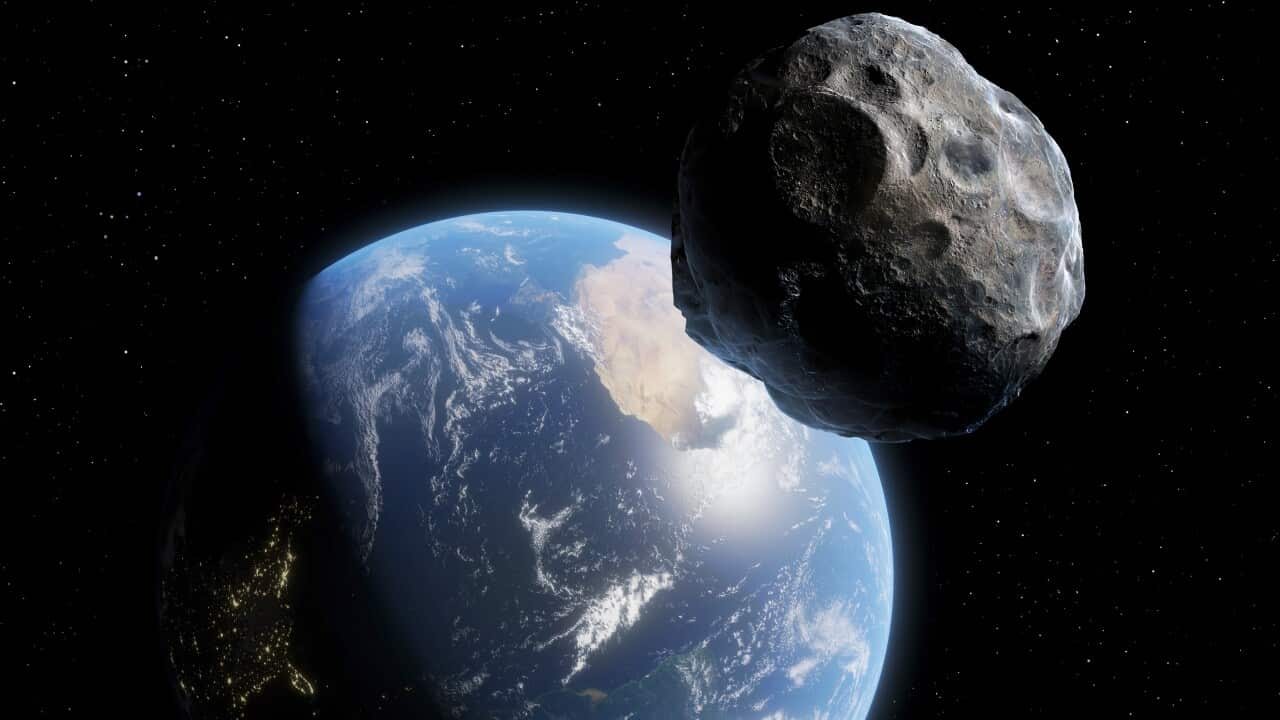We’re about to get a second, much smaller moon.
The new mini-moon will be pulled into the Earth’s orbit this week — but it won’t be sticking around for long.
Here’s what we know about the astronomical object and whether you’ll be able to see it for yourself.
What is a mini-moon?
NASA defines moons, like the one we can see in the sky each night, as “naturally formed bodies that orbit planets”. We also tend to think of these planetary satellites as permanent.
Mini-moons, on the other hand, are asteroids or comets that are captured by a planet’s gravity and temporarily pulled into orbit.
Earth’s newest mini-moon, called 2024 PT5, was discovered last month by the NASA-funded Asteroid Terrestrial-impact Last Alert System – a robotic survey that acts as an early warning system for asteroid impacts to Earth.
Researchers believe it was captured from a group of asteroids called the Arjunas.
Some have questioned whether 2024 PT5 can be considered a mini-moon as it’s not expected to complete a full orbit of the Earth.
But a recent study published in Research Notes of the American Astronomical Society, argues it would qualify as one, given it follows a path that resembles that of 2022 NX1.
That mini-moon, which was seen in 1981 and 2022, was also a temporarily captured flyby — meaning it only partly orbited the Earth.
Mini-moons that complete at least one full revolution of the planet are known as temporarily captured orbiters.
When will the mini-moon appear?
The mini-moon is expected to orbit the Earth from 29 September until 25 November.
Will I be able to see the mini-moon?
Astronomers estimate the mini-moon is only around 10 metres in diameter.
That’s the same size as the width of an Olympic swimming pool or the height of a three-storey building.
At 3,476km in diameter, our regular moon is 347,600 times larger.
Mini-moon 2024 PT5 is over 300,00 times smaller than the regular moon. Source: SBS News
Sadly for amateur space buffs, the mini-moon’s dimness and diminutive size means it won’t be visible to the naked eye or through a home telescope.
Anyone with access to a high-powered telescope — basically, professional astronomers — should be able to make it out, though.
Once 2024 PT5 has escaped the Earth’s gravitational pull, it will return to where it came from.
But scientists calculate it could make a brief return in January next year, and again in 2055.

